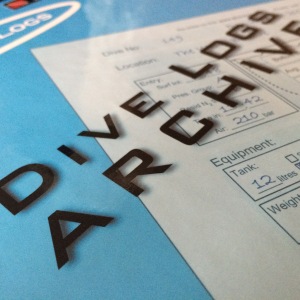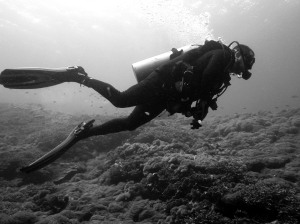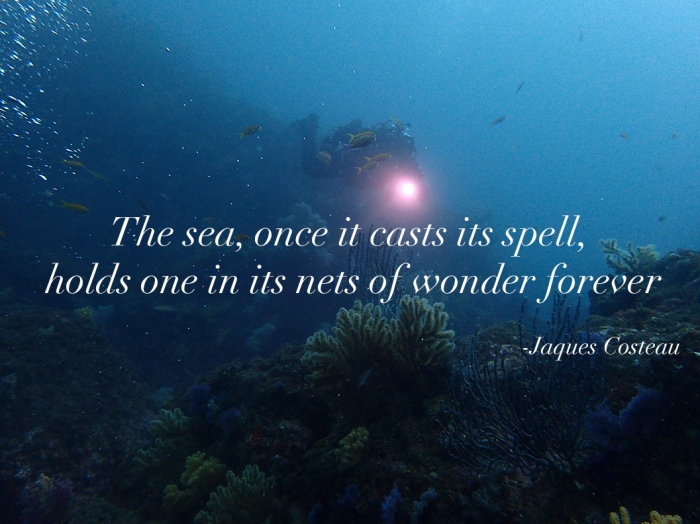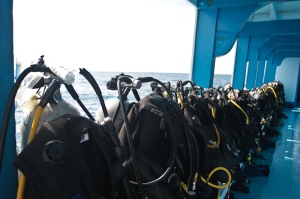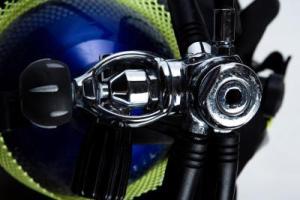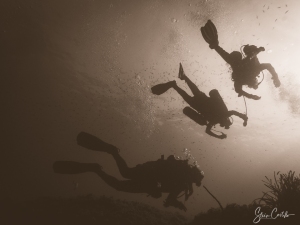 SCUBA diving has become a very popular sport. Everywhere there is a body of water (sea, ocean, lake) you will find most often than not a diving agency or club willing to teach you how to explore the marvels the underwater world has to offer.
SCUBA diving has become a very popular sport. Everywhere there is a body of water (sea, ocean, lake) you will find most often than not a diving agency or club willing to teach you how to explore the marvels the underwater world has to offer.
However, there are still some common myths and misconceptions around that confuse and sometimes discourage non-divers to even try diving for the first time.
So, my fellow future divers (I have faith in you!) here are the 4 most common myths I have encountered during my diving days and the reality about them:
Myth #1. Divers carry a tank full of oxygen to breathe underwater
Surprisingly no. It is true that divers carry a tank (sometimes more than one, but we will discuss that on a different post). The tank is full of widely available, common air. Yes, the tank or cylinder (if you want to sound smart) is full of exactly the same stuff you are breathing while reading this.
For the brainiacs in the audience, air has only 21% of oxygen, the rest is a combination of other gases (mostly Nitrogen 78%) including argon and carbon dioxide.
The only difference is that the air in the tank is very dry. This is necessary to prevent rusting (humidity and metal don’t get along very well) and extend the tank lifetime.
There are special cases (technical diving, enriched air, etc.) when the tank might be filled with something different but the large majority of dives in the recreational world are done with common air.
Myth #2. Diving is all about how deep you can go
One of the most frequently asked questions I get when talking to non-divers is how deep can you go. When I tell them that my average depth is around 28 meters (92 feet) I can see the disappointment in their faces.
Depth is one of the elements about diving but not the only one. Diving is about the challenge of safely visiting an environment where humans are not commonly welcome (unless you can naturally breathe underwater, and if you can, please contact me immediately).
It is also about exploring the underwater world, full of life and colours that cannot be found elsewhere. It is about the excitement of visiting a sunken ship and imagining what life was onboard while exploring the scattered remains of the ship now home to countless different species of fish and coral.
The depth and the resulting increased pressure is something that divers spend a great deal of time understanding during training. In the end, all divers learn how depth and pressure work, but most importantly learn to respect them.
Different levels of diving certification will give you access to better dive planning and greater depths. But for recreational purposes, the depth limit is set at 40 meters (130 feet). Anyone that tells you stories about going deeper than that without the proper training/equipment is either lying or taking unnecessary risks.
The good news is that most of the life, action, and excitement can be enjoyed in the 10-25 meters (33-82 feet) depth range. So, as you can see, is not only about how deep you go but also about the entire adventure of discovering what the underwater world has to offer.
Myth #3. Shark Attacks
Thank you Hollywood and news outlets! Sadly when a shark attack occurs, the media immediately jumps and describes every gruesome detail of the incident and give the audience the impression that this kind of events is a common occurrence.
Nothing farther from the truth. Sharks are majestic creatures that will happily share their environment with the occasional visitor.
To put some perspective, consider that there are around 6 million active divers worldwide1 and according to the international shark attack file, between 1958 and 2016 there have been 2,785 unprovoked shark attacks, of which 439 were fatal2.
Simple math tells that: 0.0004% of active divers were attacked during a period of 58 years! Out of these incidents, 0.00007% were fatal. This is something the news outlets do not share when broadcasting a shark attack report.
To put even more perspective, according to the “list of 18 things more likely to kill you than sharks”3 available on the same report, it is far more probable to die of sun exposure, lighting or fireworks than a shark attack.
So, no, a shark attack is not something you should worry about while exploring the underwater realm. If you ever see one don’t panic, show respect and take a great picture! It will definitely grant you bragging rights.
Myth #4. Diving is a sport for guys only
No! No! and No! There is nothing that suggests that diving is a guys only club. On the contrary, most diving apparel companies produce equipment and apparel that caters for the girls’ needs and tastes.
There is also a growing number of female diving personalities and ambassadors that prove that diving is an all-inclusive sport.
The only requirement to get into diving is to get a proper training and certification from a reputable agency. There is absolutely no difference between males or females when it comes to the requirements and qualifications to get certified.
So, please if you want to dive, just go and do it! You will find that there are training alternatives available that will allow you to “discover” the experience before you commit to getting a full certification.
So, I hope that this clarifies a little bit more the wonderful world of underwater exploration and wish to see you soon making bubbles and enjoying the under the sea view.
-Stein
 The weight problem
The weight problem